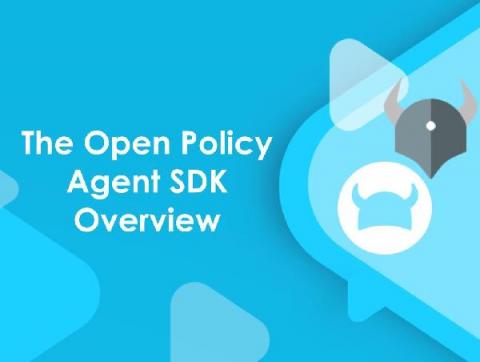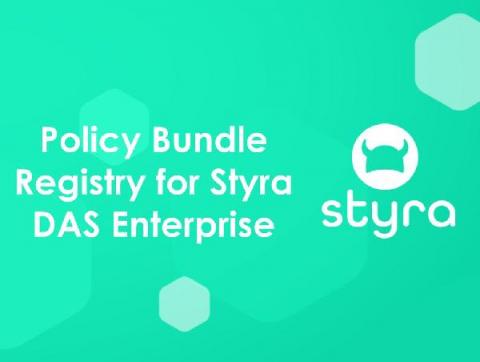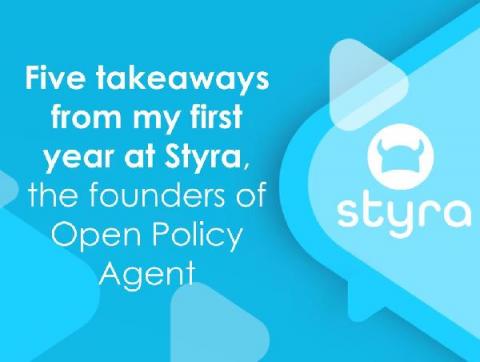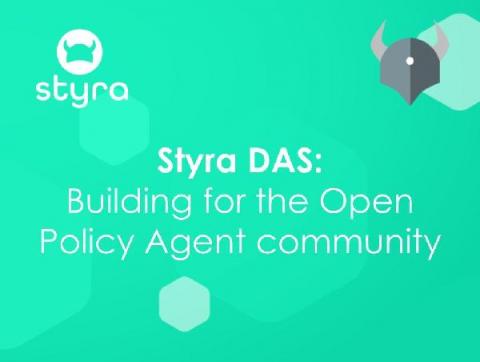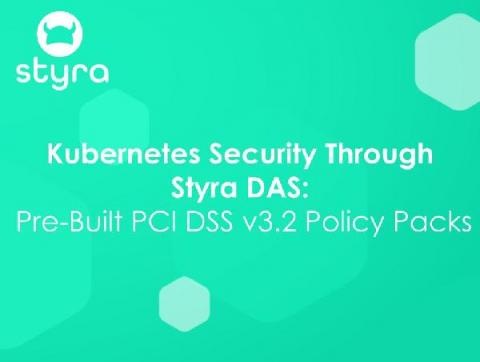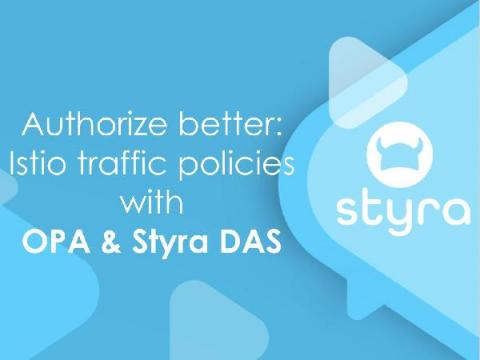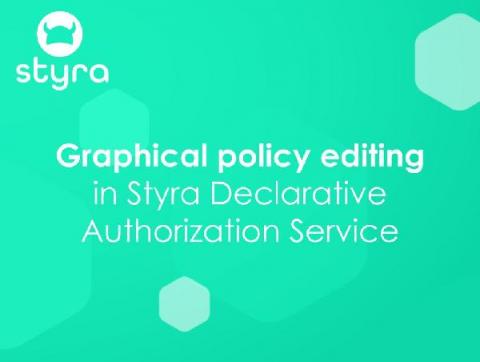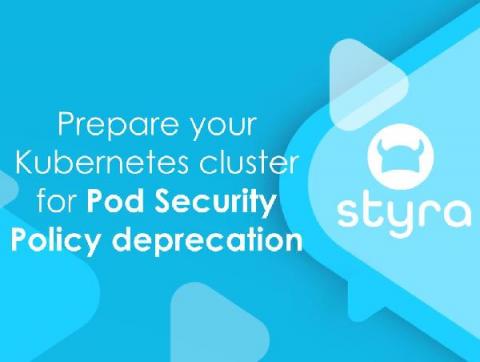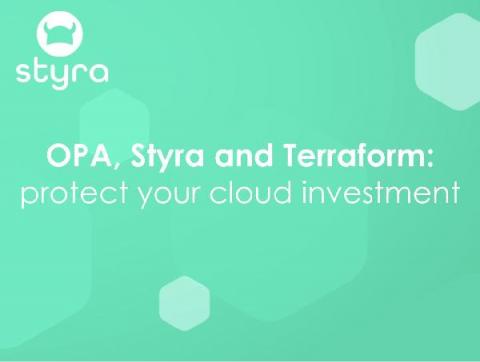The Open Policy Agent SDK Overview
Authorization is a critical part of developing any application. When building an app, at some point you will want to control the data and views that a user or system has access to, and one way you can do that is by writing authorization directly into your app. However, over time this can be challenging to manage because when you make changes to your authorization policies you also need to make changes to the application.


